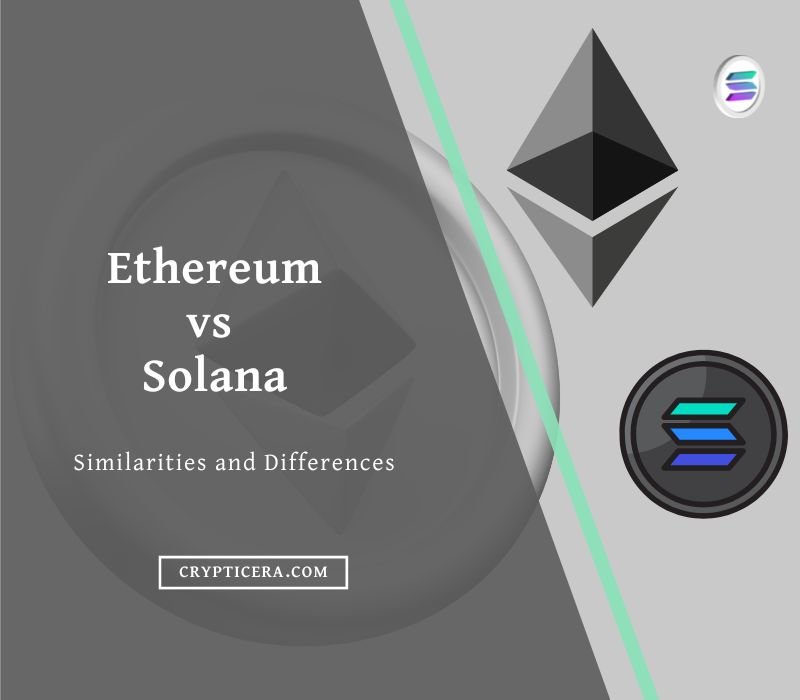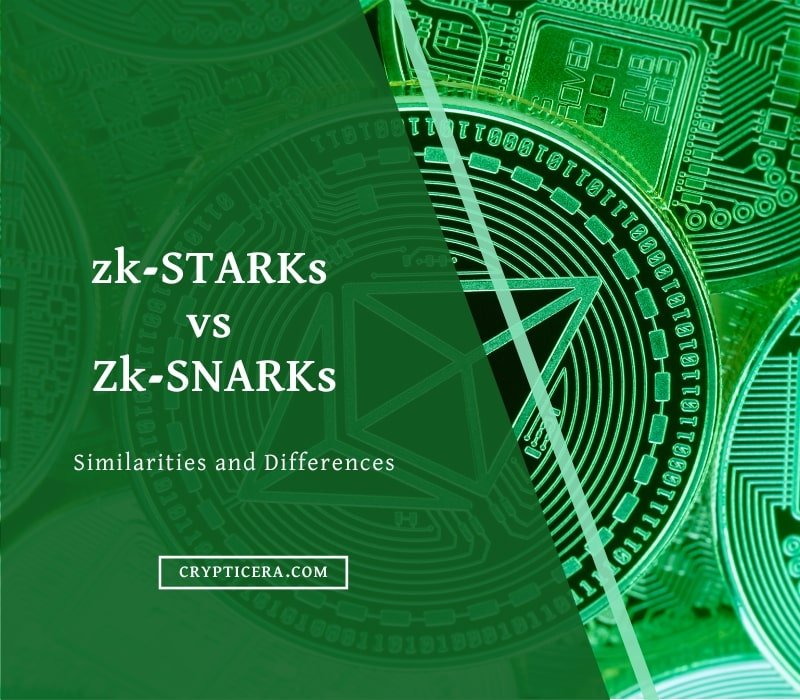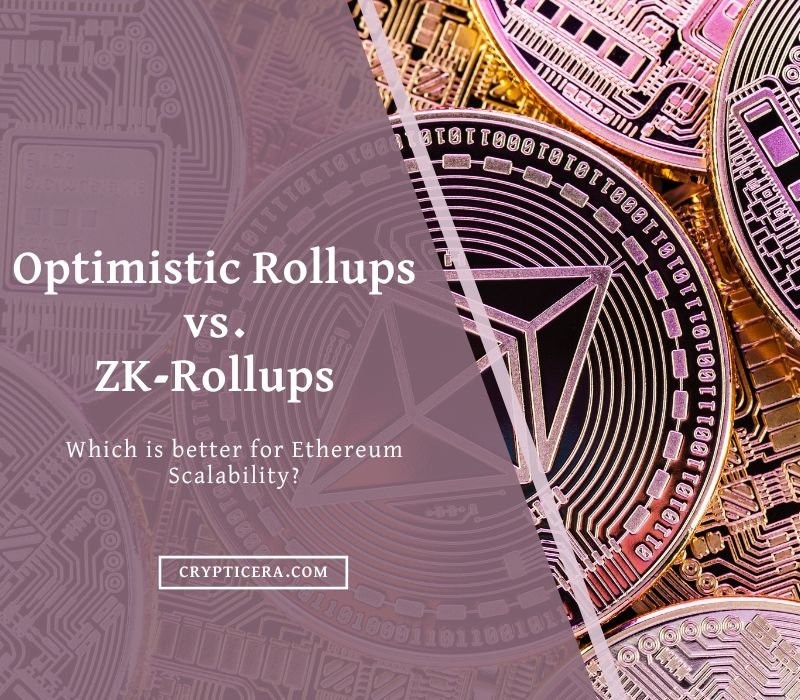As the world of blockchain and cryptocurrency continues to evolve, it’s important to carefully consider the various options available for your project.
Two popular platforms that have gained traction in recent years are MATIC and Solana, but how do they compare?
In this blog post, we’ll take a deeper dive into the key differences between Solana and Polygon, including their scalability, transaction speed, and overall performance.
So, let’s get started!
Polygon (Matic) vs Solana: At a glance
| Polygon | Solana | |
|---|---|---|
| Launched date | 2017 | 2020 |
| Founders | Jaynti Kanani, Anurag Arjun, Sandeep Nailwal | Anatoly Yakovenko |
| Programming language | Solidity (Ethereum Virtual Machine) | Rust |
| Consensus mechanism | Hybrid proof-of-stake | Proof-of-history |
| Architecture | Layer 2 scaling solution | Standalone blockchain |
| Transaction throughput | Over 7000 TPS | 65,000 TPS |
| Scalability | High | High |
| Security | High | High |
| Decentralization | High | High |
| Privacy | Limited (public blockchain) | Limited (public blockchain) |
What is Polygon (MATIC)?
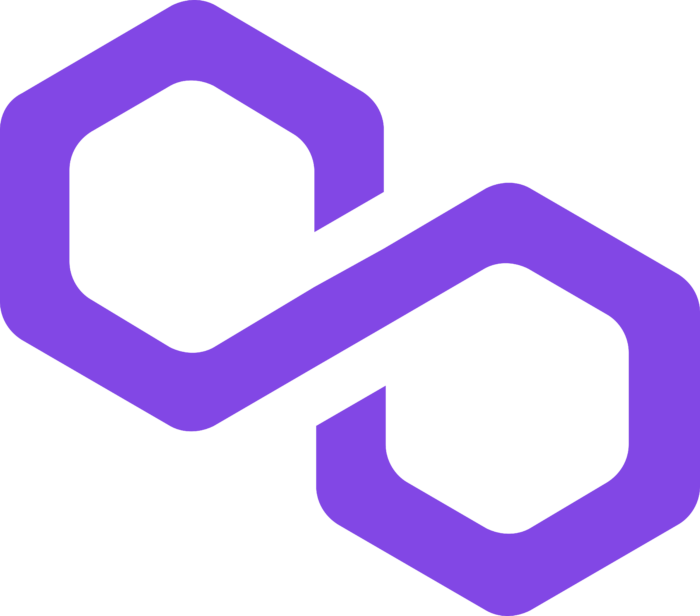
Polygon, previously known as Matic Network, builds and deploys Ethereum-based decentralized applications (DApps) on its decentralized platform.
It aims to improve the scalability and user experience for DApp developers and users and reduce transaction fees for users.
Polygon’s blockchain relies on a modified version of the Ethereum Virtual Machine (EVM) and a network of validator nodes for security and transaction consensus.
It also implements layer 2 solutions, such as plasma chains and sidechains, to enhance scalability by transferring some workloads from the main Ethereum blockchain to these additional chains.
In conclusion, Polygon aims to provide a stronger and more scalable infrastructure for Ethereum-based DApps.
Website URL: Matic blockchain
Key Features of MATIC Blockchain
- Scalability: It uses sidechains to offload transactions from the main Ethereum network, which helps to increase the overall scalability and speed of the network.
- Compatibility: Polygon is fully compatible with Ethereum, which means that dApps and smart contracts built on Ethereum can be easily ported to Polygon.
- Security: It uses a PoS consensus mechanism, which is designed to be more energy efficient and secure than proof-of-work (PoW) mechanisms used by some other blockchain platforms.
- Interoperability: MATIC supports multiple protocols, including Ethereum, which allows it to be easily integrated with other blockchain networks and applications.
- Developer tools: Polygon provides a range of developer tools and resources to help developers build and deploy dApps on the platform, including a web3.js library, Solidity compiler, and Truffle integration
What is Solana (SOL)?

Solana Labs, based in San Francisco, California, creates Solana, a decentralized platform that aims to provide fast, secure, and scalable blockchain infrastructure for decentralized applications (dApps).
It uses a unique consensus mechanism called Proof of History (PoH). This allows it to process transactions faster and more efficiently than other blockchain platforms.
Solana claims to be able to process up to 65,000 transactions per second, making it one of the fastest blockchains on the market.
In addition to offering infrastructure for dApps, Solana also has a number of decentralized finance (DeFi) applications built on its platform, including lending and borrowing platforms, stablecoins, and decentralized exchanges.
It is an open-source project supported by a growing community of developers, investors, and users.
Website URL: Solana blockchain
Key Features of Solana Blockchain
- Solana can process 65,000 transactions per second, making it a fast blockchain platform.
- It uses proof-of-stake and PoH mechanisms to keep transaction fees low and maintain security.
- The platform has a user-friendly interface for developers to build and deploy dApps.
- Solana implements security measures to protect against attacks and maintain network integrity.
- The platform supports cross-chain communication and can easily integrate with other blockchain platforms.
- Its decentralized governance system allows community members to participate in decision-making.
Advantages of Using Solana and Polygon (MATIC)
| Polygon (MATIC) | Solana (SOL) |
|---|---|
| Faster transaction speeds but lower than solan | Fastest transaction speeds of any blockchain (over 65,000 transactions per second) |
| Lower transaction costs | Low fees |
| Fully compatible with Ethereum virtual machine | A growing ecosystem of dApps and developers |
| Uses a proof-of-stake (PoS) consensus mechanism to help secure the network | Scalable thanks to its proof-of-history (PoH) consensus mechanism |
| A major collaboration with Disney Hotstar. | Cross-chain interoperability |
Disadvantages of Using Polygon and Solana
| Polygon (MATIC) | Solana (SOL) |
|---|---|
| Network congestion issues | Still in its Beta version |
| Not widely accepted for Defi | Several Network congestion in the past (halting transactions) |
| Limited adoption | Not popular for DApps |
| Regulatory uncertainty | Regulatory uncertainty |
Differences between Solana (SOL) and Polygon (MATIC)
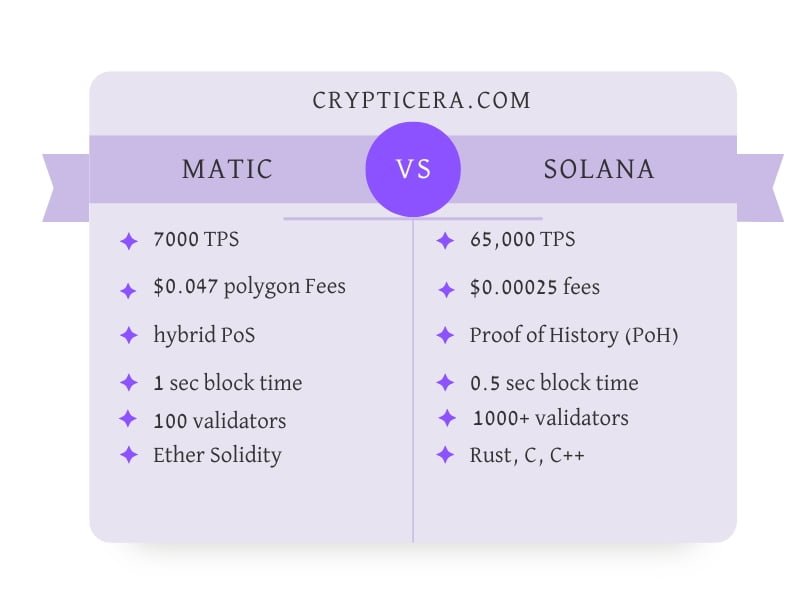
Also Read: Solana Vs Ethereum: Which is Better?
Consensus Mechanism
Solana uses a proof-of-stake (PoS) consensus mechanism called “Proof of History” (PoH). In PoH, each node in the network maintains a record of the hashes of previous blocks, and new blocks are added to the chain by solving a cryptographic puzzle based on these hashes.
This allows the network to achieve fast transaction speeds without relying on energy-intensive mining.
Polygon uses a hybrid consensus mechanism that combines PoS and Ethereum’s proof-of-work (PoW) mechanism. In PoW, miners compete to solve a cryptographic puzzle and the first to solve it adds the next block to the chain.
In Polygon’s hybrid consensus mechanism, validators stake their tokens to participate in the PoS process, and a group of PoW miners is responsible for finalizing the transactions.
Transactions per second
Solana boasts high scalability as a high-performance blockchain platform with a unique proof-of-history consensus algorithm that can process up to 65,000 TPS, outperforming Ethereum and Bitcoin.
In contrast, Polygon, a multi-chain network using a proof-of-stake consensus algorithm, processes up to 7,000 TPS, although not as fast as Solana, it still outperforms Ethereum and Bitcoin.
Scalability
Solana boasts high scalability with the ability to process 65,000 transactions per second and a block time of 400 milliseconds.
It also offers low transaction fees, making it an appealing choice for those looking to build and utilize dApps that need fast and inexpensive transactions.
Polygon claims to process over 10,000 TPS and has a block time of just 1 second.
In addition to providing fast and cheap transactions, Polygon also provides various tools and services for developers such as smart contract libraries, development kits, and integrations with popular blockchain protocols.
Programming language
Solana uses Rust, a programming language developed by Mozilla, as its primary language to build decentralized, high-scalability platforms.
Rust is renowned for its performance, safety, and concurrency capabilities, which make it ideal for constructing blockchain applications.
Polygon employs a range of programming languages, such as Solidity, JavaScript, Python, and Go. This helps it to function as a layer 2 scaling solution for Ethereum.
As a protocol, Polygon enables more rapid and cost-effective transactions on the Ethereum network through the use of sidechains.
Also Read: Blockchain Vs Hasgraph: Which is more secure?
MATIC vs SOL: Crypto Token Price Prediction
MATIC
According to our projections, Polygon (MATIC) is expected to reach a high of $2.27 in 2023, with an average price for the year at $2.03. The lowest predicted price for the year is $1.79. As Polygon progresses towards greater success, we believe that these targets are attainable.
According to our polygon price prediction for 2024, as the halving event approaches, this cryptocurrency is expected to reach a price of $3.09 in 2024. The average price for MATIC is projected to be $2.84, while the minimum expected price is $2.60.
Please note that these predictions are based on market analysis and should not be taken as financial advice. Invest at your own risk.
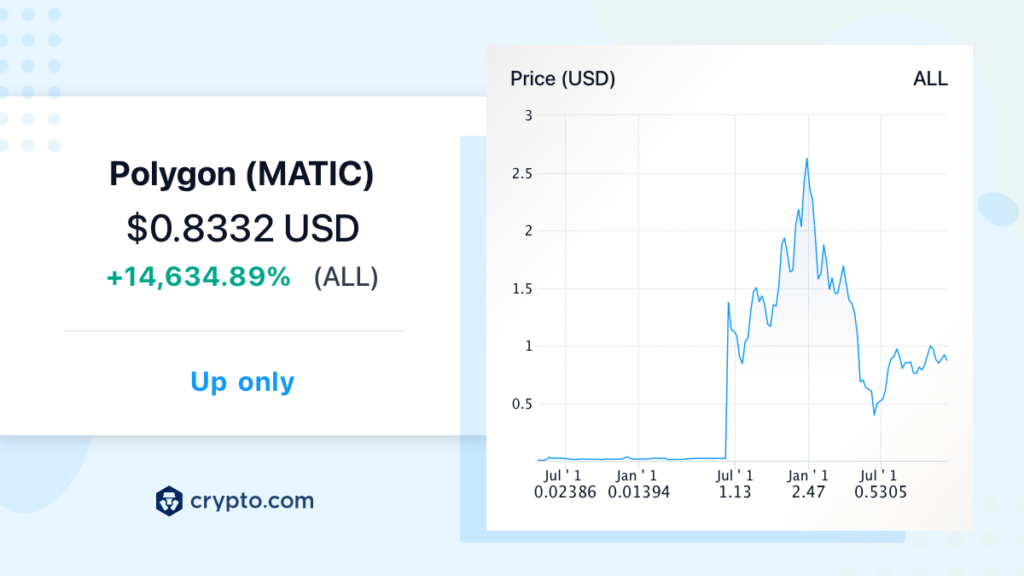
SOL
According to our proprietary algorithm, Solana is projected to reach a maximum price of $34.72 in 2023. The average price for the year is anticipated to remain at approximately $31.00. However, if a bear market were to occur, Solana’s minimum price for the year could potentially drop to $27.28.
Solana is expected to experience significant growth in 2024 due to the increasing acceptance of cryptocurrency in various industries. This could potentially lead to Solana’s price reaching a maximum of $47.12, with an average price of around $43.40. It is also possible that the minimum price for Solana could be $39.68.
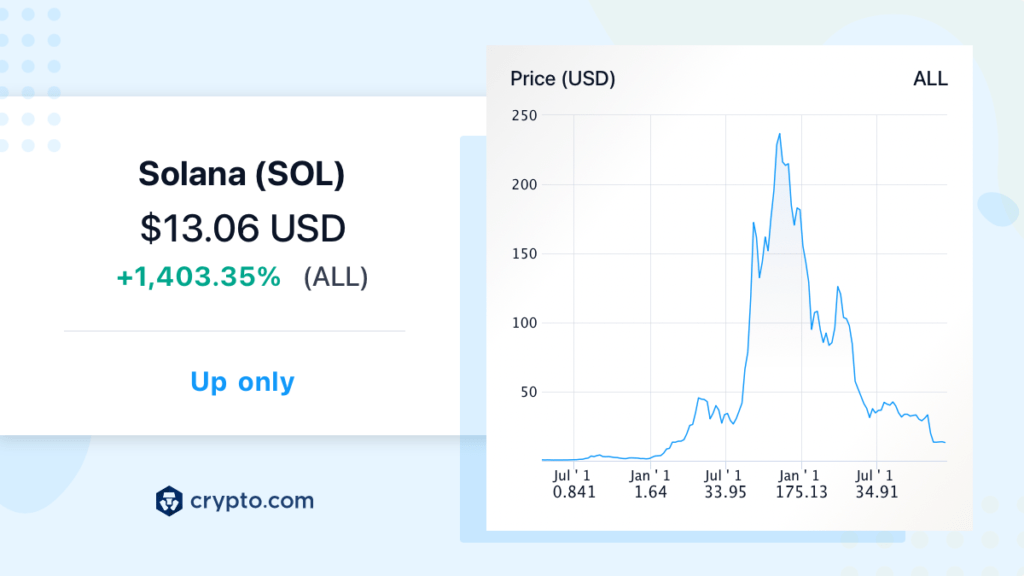
Crypto Wallets supporting Solana and Polygon blockchain
List of Solana Wallets
- Phantom wallet: Phantom Wallet is a top choice among Solana users for storing and managing their tokens and NFTs. It stands out for its easy-to-use interface and variety of staking options, as well as its fast swap functionality. In addition, the Phantom Wallet has expanded its reach with the release of its iOS App, previously only available for Android users.
- Solflare: It is a highly sought-after non-custodial Solana wallet with a large amount of Solana staked on its platform. It offers users the ability to connect with various Solana Dapps and even simulate transactions to prevent potential scams. In addition, Solflare offers comprehensive NFT functionality, including the ability to store, send, and receive NFTs from a metaplex gallery. It is also compatible with Ledger hardware wallets, providing an added layer of security for users.
- Ledger Nano X: The Ledger wallet is a top choice for those seeking a secure and user-friendly option for their cryptocurrency holdings, including Solana. To transfer funds to the Ledger, you can use the Solflare or Phantom software wallets.
List of Polygon Wallets
- ZenGo: ZenGo is the only self-custodial Polygon wallet that is immune to private key vulnerabilities. Its security is maintained through the use of multiple industry-leading technologies, including MPC cryptography, a built-in web3 firewall, and a 3-factor authentication recovery model.
- Trezor Model T: Trezor is a hardware wallet specifically designed for the Polygon network that provides an additional layer of security for your digital assets. It can be easily connected to a variety of devices, including phones, PCs, and laptops, and offers an inbuilt security system to protect against hackers. The Trezor Model T, which comes with its own native app called the Trezor suite, allows users to easily send and receive MATIC tokens and track their portfolio. With Trezor, you can trust that your crypto coins and digital assets are safe and secure.
- Trust wallet: Trust Wallet is a highly-regarded digital wallet that is specifically designed for use with Polygon and Matic cryptocurrency. It boasts a robust structure and can hold a large number of Matic coins and tokens. In addition, the wallet includes a convenient DApps browser which allows users to access and utilize a variety of networks, including Polygon. Trust Wallet also offers integrated SWAP functionality, enabling users to easily exchange MATIC for other tokens on the Polygon network.
Top Cryptocurrency Exchanges to buy SOL and MATIC coins
- Binance: Binance is a leading cryptocurrency exchange that supports a wide range of cryptocurrencies, including SOL and MATIC. It has a simple and user-friendly interface, low fees, and a variety of trading options.
- Coinbase: Coinbase is a popular exchange that is easy to use and supports a variety of cryptocurrencies, including SOL and MATIC. It has a user-friendly interface and is known for its security measures.
- Kraken: Kraken is a well-known exchange that supports a wide range of cryptocurrencies, including SOL and MATIC. It has low fees, a variety of trading options, and a user-friendly interface.
- Bitfinex: Bitfinex is a popular exchange that supports a wide range of cryptocurrencies, including SOL and MATIC. It has a variety of trading options and a user-friendly interface.
- OKEx: OKEx is a leading exchange that supports a wide range of cryptocurrencies, including SOL and MATIC. It has low fees, a variety of trading options, and a user-friendly interface.
Conclusion
In conclusion, Solana and Polygon are both impressive platforms with unique features and capabilities. Solana boasts fast transaction speeds and high scalability, making it a strong choice for projects that require a high volume of transactions.
On the other hand, Polygon offers the flexibility to build on multiple protocols and the ability to interoperate with Ethereum, making it a good option for projects that want to leverage the existing Ethereum ecosystem.
Ultimately, the decision between Solana and Polygon will depend on the specific needs and goals of your project.
By carefully evaluating the pros and cons of each platform, you can make an informed decision on which one is the best fit for your project.
FAQs
How does Solana compare to Ethereum?
Solana is often compared to Ethereum due to its focus on smart contracts and decentralized applications (DApps). However, Solana differentiates itself with faster transaction speeds and lower fees, thanks to its unique consensus algorithm and scaling solution.
How does Polygon compare to Ethereum?
Polygon is interoperable with Ethereum and is often referred to as the “Ethereum of Layer 2.” It allows developers to build on multiple protocols and offers faster, cheaper transactions thanks to its use of plasma side chains.
What are some use cases for Solana?
Solana has a wide range of potential use cases, including decentralized finance (DeFi), gaming, social media, and supply chain management. It has also been used to launch new cryptocurrencies and tokens.
What are some use cases for Polygon?
Polygon has been used for a variety of applications, including decentralized finance (DeFi), gaming, and prediction markets. It is also well-suited for projects that want to leverage the existing Ethereum ecosystem and build on multiple protocols.
